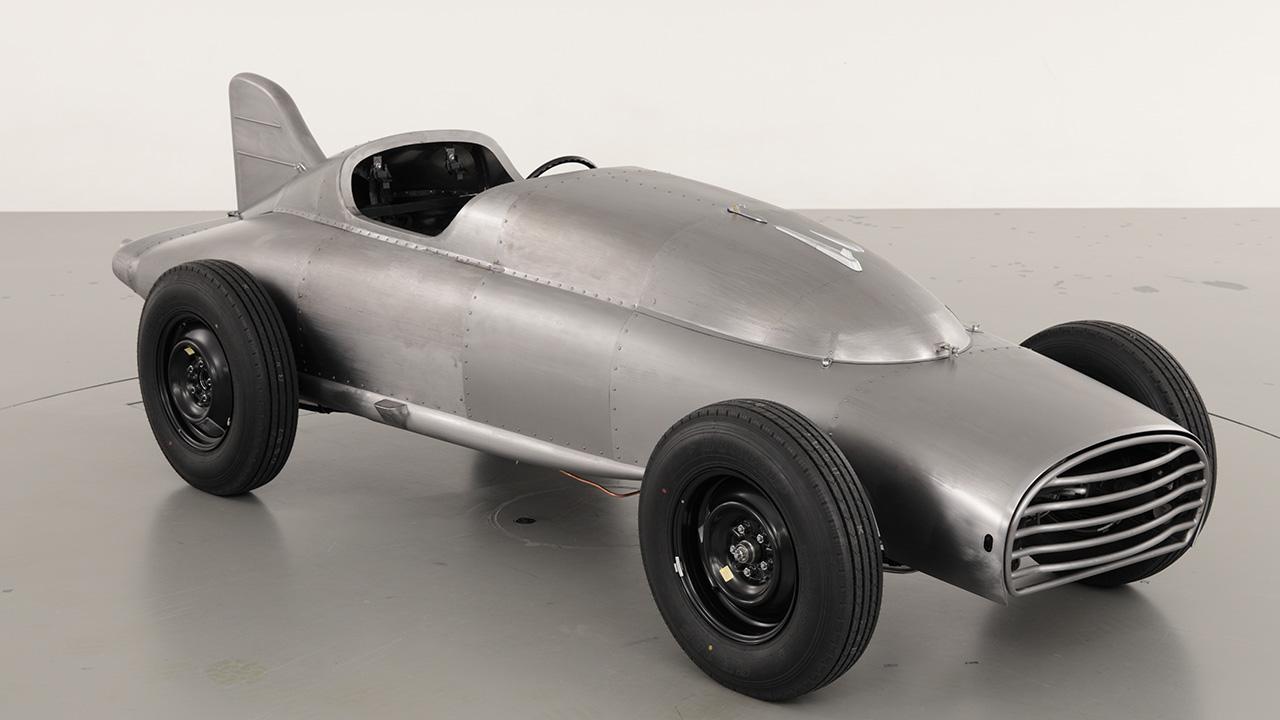
A special project team worked on reviving a Toyopet Racer, Toyota's first racing car from over 70 years ago. This next-to last installment tracks the vehicle's assembly, first run, finishing, and installation as a museum exhibit.

The Toyopet Racer revival project began with a kickoff meeting at the company’s head office in Toyota City on November 19, 2020. Having followed the unprecedented endeavor of rebuilding this 70-year-old legendary race car, we arrive at the journey’s final chapter at last.
In Part 1, three young project leaders look back on the final steps and the difficulties involved, from putting together the parts produced by each team to the test run, finishing, and exhibition at the museum.
How fast do we dare to go?
The project members formed five teams, each responsible for a different section of the car. With assistance from inside the company and beyond, they tackled the tasks during scheduled weekly sessions and in between regular work. As the various parts neared completion, the job of putting them together loomed large on the horizon.
Before this assembly process got underway, however, a review sparked fresh discussions between the team’s 15 members, as well as the more senior colleagues and veteran oyaji watching over the project.
The team had been checking whether the vehicle was strong enough to drive, and the resulting debate revolved around one question: “If it has the strength, should we push it to the maximum speed?”
So how did these discussions about strength and high speeds pan out? We asked the three leaders to recount the events.
Reisa Miki, then part of the MS Electronics System Engineering Division, served as a leader for the front axle, steering-related parts, and the project as a whole.
Miki
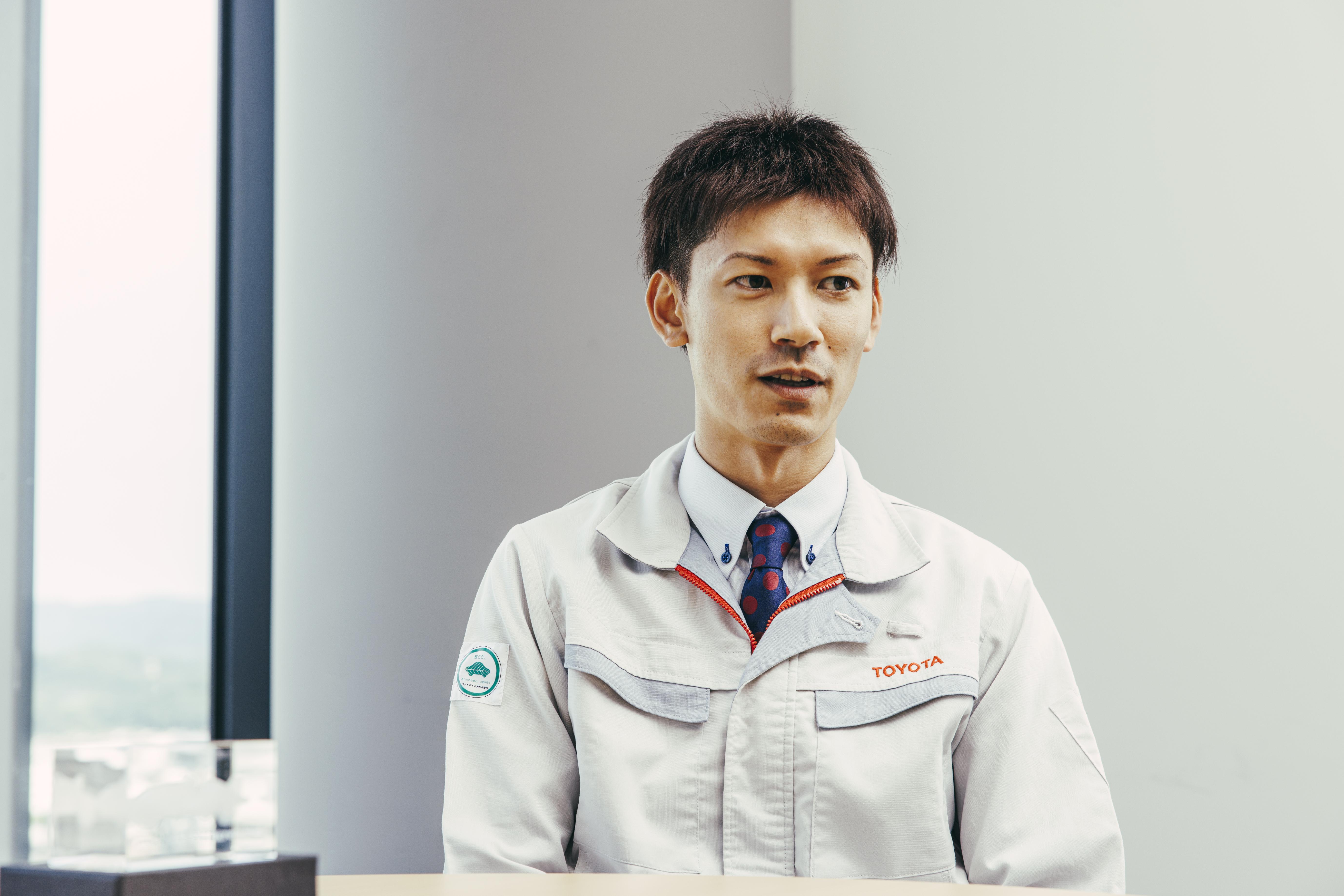
In regular vehicle development, we set target values for aspects such as strength and reliability before designing and manufacturing parts. For this project, however, we made many of the parts according to their original drawings.
As such, to complete the assembly and driving tests safely, we needed to check the strength and reliability of each component. The vehicle would only be ready to drive once that was verified.
First, we carefully calculated the strength and reliability of fabricated parts, ensuring they were safe before assembling and test-driving the racer. That’s when we started talking about aiming for maximum speed.
Each team set about calculating and checking whether the parts and sections they designed were indeed strong enough. Among the most meticulous in their strength verification was the team responsible for the body and frame.
This team was led by Masashi Watanabe of the Body Technology Development Division, who oversaw the design and manufacture of the frame, body panels, seats, and driving position.
Watanabe
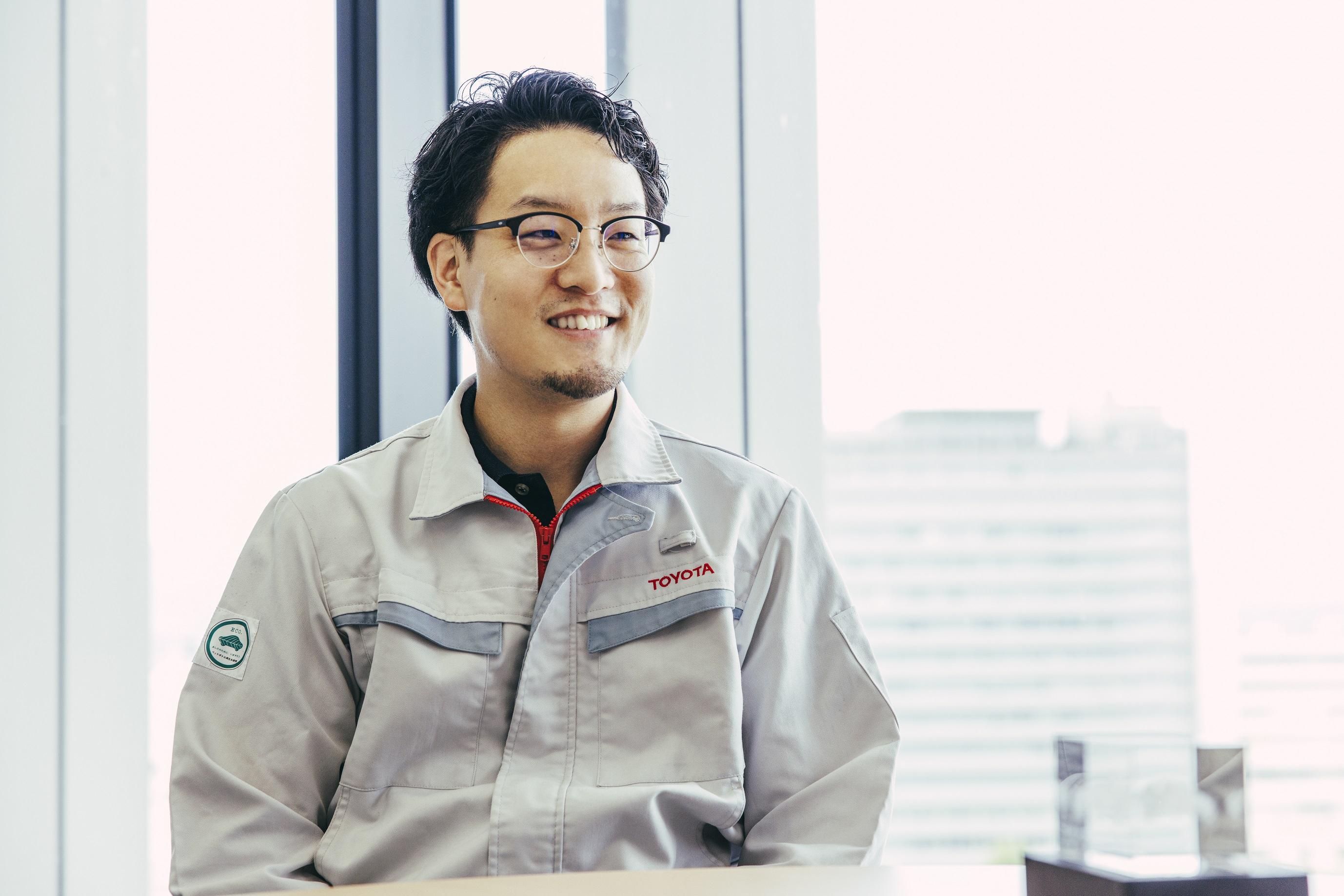
The body is crucial to the car’s safety. Failure while driving is bound to result in a serious accident.
For body-related strength calculations, we therefore decided to use CAE (Computer Aided Engineering) analysis, just as for production cars.
The verdict: go for 100 km/h
Ensuring that the racer has the strength and reliability for safe driving was one thing, but attempting to hit top speed is a separate problem.
From the outset, the three leaders had wanted to push the machine to its limits, to see how fast they could go. They set their goal at 100 km/h.
The E/E Architecture Development Division’s Daichi Sugimoto led the team in charge of electrical components, as well as the suspension and related parts. As the only project member to hold Toyota’s advanced-level driving qualification, he also became the test driver. Sugimoto recalls how things unfolded.
Sugimoto
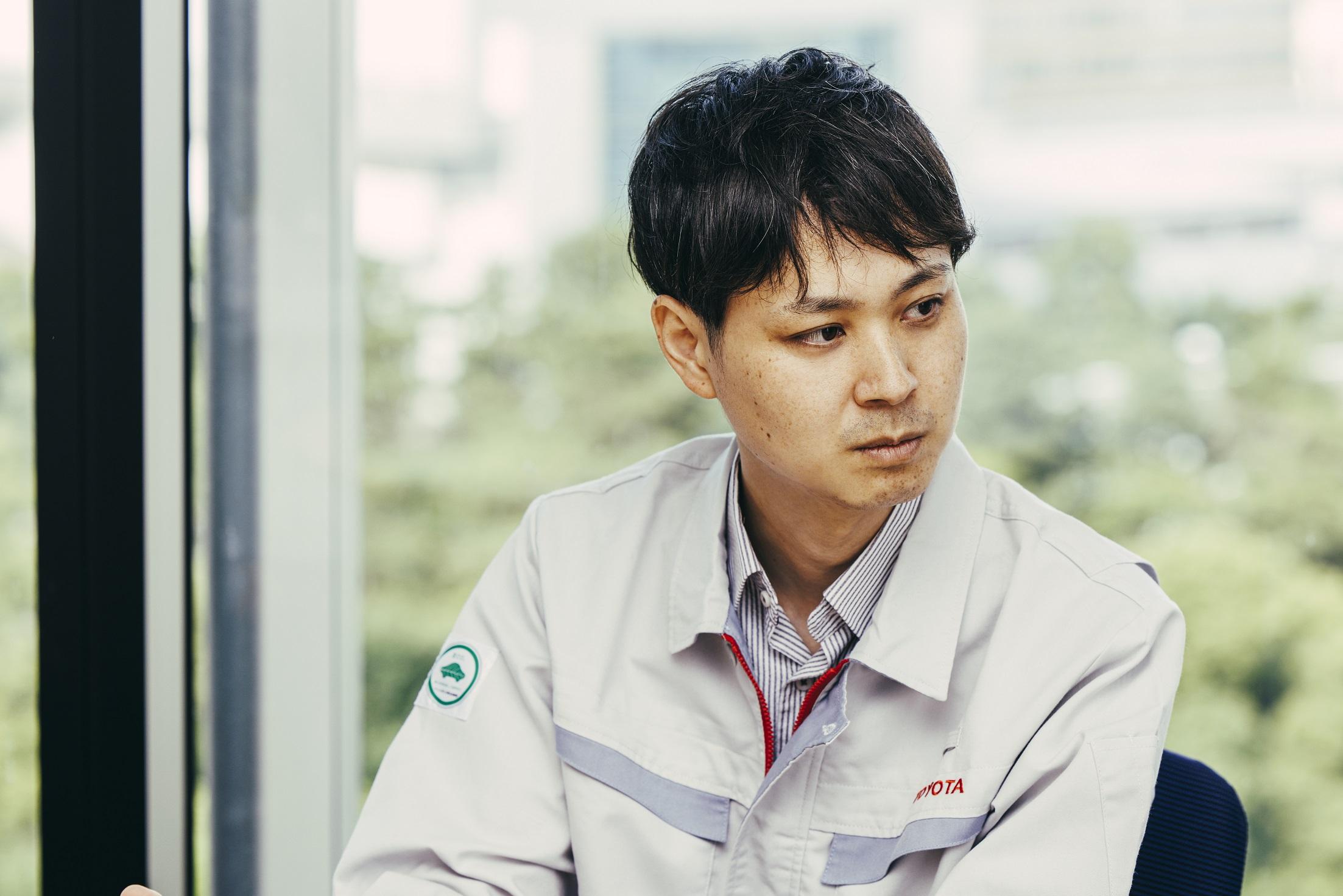
One of the surviving records noted the car reaching a top speed of 150 km/h.
Based on the original drawings and current performance data for the factors that dictate top speed—engine output, transmission gear ratios, tire diameters, and the like—none of us felt that the racer could reach speeds of 150 km/h. Our calculations also showed a maximum speed of around 100 km/h.
But if it could actually hit 100 km/h, then I really wanted to see us bring that out.
Miki
The strength and durability calculations showed that the machine could handle speeds of 100 km/h. But how fast can it actually go? That’s a separate question.
The debate split the team members, oyaji, and other advisors into two camps: those who wanted to go for 100 km/h and those who didn’t.
I was on the “go for it” side, but the other group also made persuasive arguments. They reasoned that, since we were building a museum exhibit, there was no need to go for speed, and if something went wrong, we risked destroying our one and only machine.
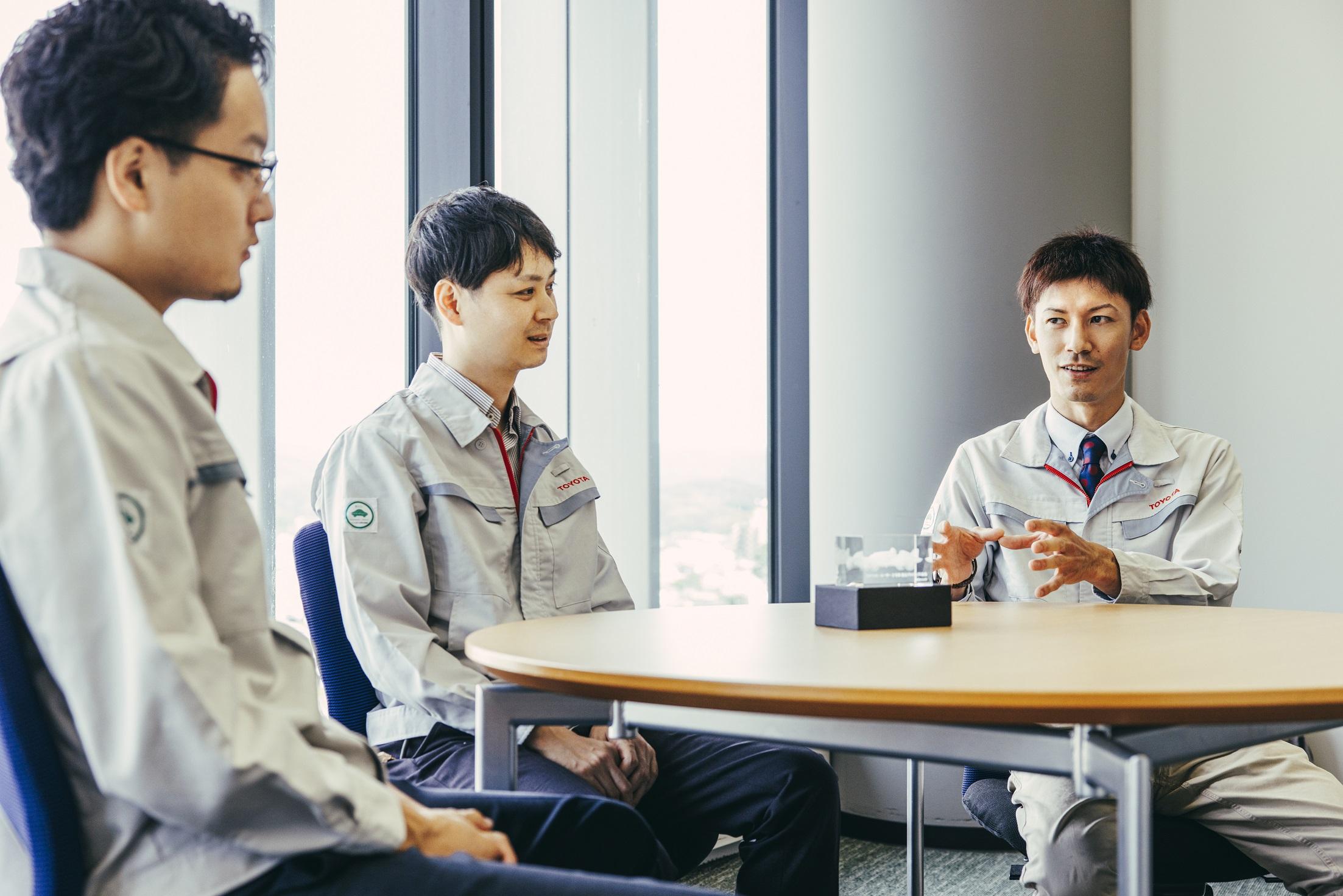
Watanabe
Someone raised the point that safety was paramount, with others suggesting that even if the car could reach the maximum speed, we should stick to around 40 km/h.
The debate became heated, drawing in not just project members but also senior colleagues and oyaji. In the end, they decided to push the racer to try and hit the 100 mark.
Miki
Alongside making the finished car, one of this project’s main objectives was to understand the mindset and hardships of its original creators.
The people who first built the Toyopet Racer risked their lives driving the prototypes, pushing the limits to see how they performed.
By testing the limits of our car’s performance just as they did, we too should be able to experience the mindset and hardships of those original engineers. If possible, we certainly wanted to try and have that experience, so decided to go for it.
Watanabe
Once we decided to attempt the top speed of 100 km/h, the talk suddenly turned to installing seat belts. Because we wanted the final exhibit to look like the original racer, we rushed to make parts that were detachable.
Shakedown on Toyota’s test track
From there, the project moved swiftly toward completion. With only the body panels left to assemble, the Toyopet Racer’s initial test run, or “shakedown,” took place at 8 a.m. on October 12, 2021, in a section of the company’s test course.
Since the body panels were not yet ready, the vehicle’s frame was shrouded in transparent film in case of rain. As the engine was fired up and the machine started slowly making its way around the test area, a cheer arose from the team members, senior colleagues, and oyaji who had been eagerly looking on since 6 o’clock that morning. The Toyopet Racer they had built from the ground up was finally on the road.
As the trio recall, “There was still much to do, but above all, we were relieved to see it running properly.”
Three months before the shakedown, on July 20, the engine team capped off its restoration efforts with an ignition test for the S-type engine, the only side-valve configuration in Toyota’s history.
The engine continued to be plagued by startup troubles. In fact, this issue caused the shakedown to be postponed two weeks from the initial date.
During that time, the team members worked tirelessly to ensure success on the day, removing the engine from the frame to be inspected and adjusted anew.
Despite their efforts, on the eve of the shakedown, the engine again failed to start keeping members busy up to the last minute.
Against this backdrop, success at the shakedown meant a great deal to the project team.
As minor troubles continued to crop up in the days that followed, team members snatched moments between their regular work to keep improving and fine-tuning the machine. Pushing on amid this busy schedule, they also found time to mount the finished body panels onto the frame.

